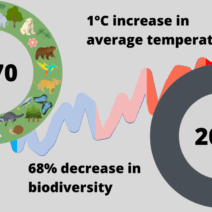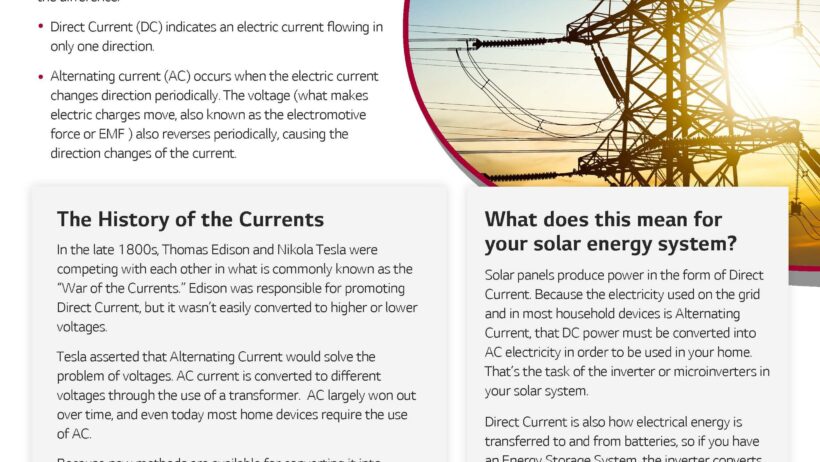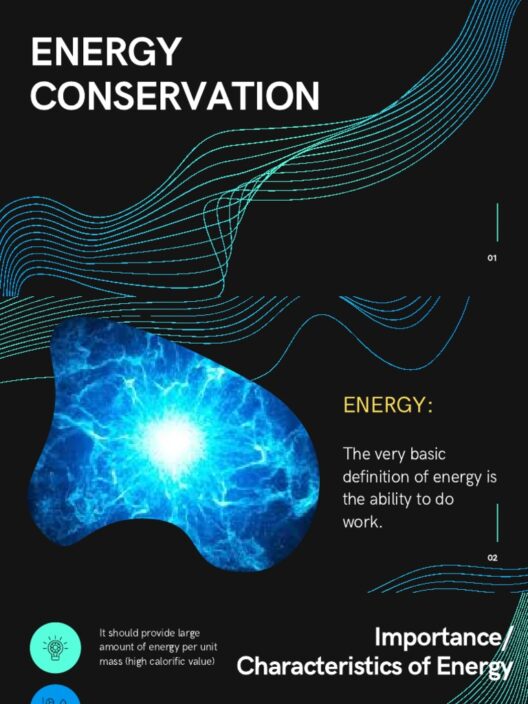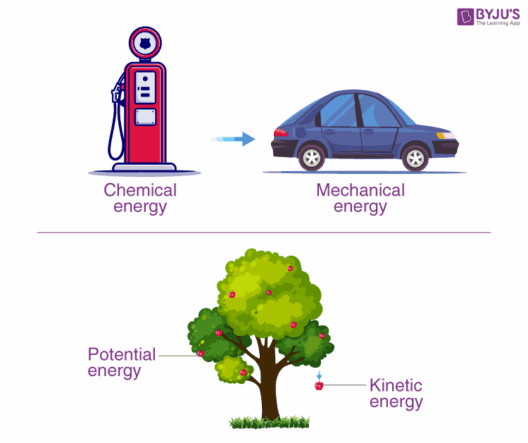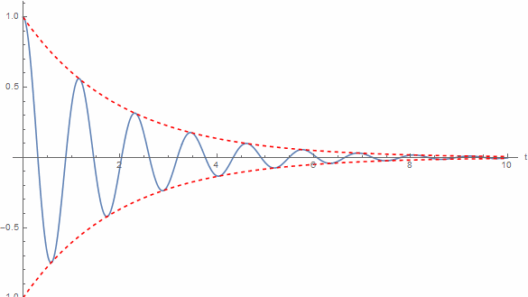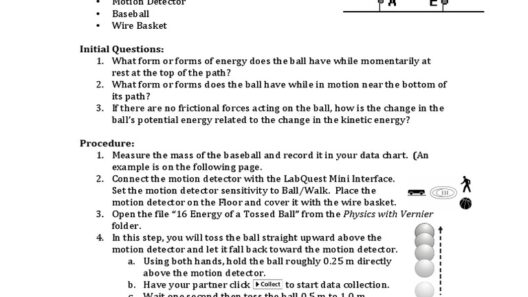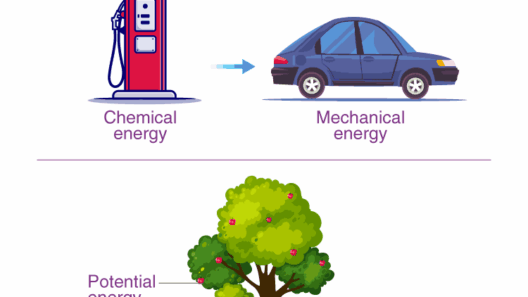In the realm of electrical engineering and energy conservation, a debate frequently arises regarding the efficacy of alternating current (AC) versus direct current (DC). While both AC and DC have their unique applications and advantages, the question of which one conserves energy more efficiently is significant in determining their usage in various technologies and systems today. This analysis delves into the characteristics of AC and DC, dissecting their operational principles, applications, and implications for energy conservation.
At the core of this electrical dichotomy lies the fundamental difference in the flow of electricity. AC is characterized by the reversal of current direction, oscillating back and forth, making it suitable for long-distance transmission due to its ability to easily transform voltage levels through transformers. Conversely, DC maintains a constant voltage or current and flows in a singular direction. Historically, Thomas Edison championed DC power, while Nikola Tesla advocated for AC. Their rivalry is emblematic of the broader discourse on energy efficiency.
One of the primary reasons why AC has become the dominant form of electricity distribution stems from its capacity for reduced power loss during transmission. When electricity travels over lengthy distances, resistance in wiring leads to energy dissipation as heat. AC systems leverage transformers, which modulate voltage levels to minimize these losses. By increasing voltage for transmission and subsequently reducing it to usable levels, AC efficiently transports electricity across extensive networks. This is particularly beneficial for modern grid systems, where energy must be transmitted from centralized generation facilities to dispersed urban and rural areas.
Despite AC’s advantages, DC holds its ground in specific contexts, particularly in battery-powered equipment, electronics, and renewable energy sources such as solar panels. Solar panels produce DC electricity, which can be converted to AC through inverters for household use. However, there is a rising trend for DC microgrids that utilize the direct current format, recognizing its efficiency in certain situations. For example, LED lighting systems operate more efficiently on DC, bypassing conversion losses associated with changing DC to AC and back again.
The efficiency of energy conservation also hinges on the end-use applications of AC and DC systems. In industrial settings, AC motors are prevalent due to their robustness and ease of control for heavy machinery. However, with advancements in electronic design, the use of DC motors and drives has surged, particularly in applications requiring precise speed control and energy efficiency. The implementation of solid-state devices helps achieve remarkable efficiency, showcasing DC’s potential in modern technology.
Furthermore, the growing focus on energy conservation and sustainability has prompted exploration into hybrid systems that utilize both AC and DC. Such systems harness the advantages of each type by integrating AC sources with burgeoning DC technologies, thereby optimizing overall energy efficiency. For example, electric vehicles (EVs) primarily operate on DC batteries, while the charging stations typically use AC, necessitating an inversion process during the charging cycle. As the EV market expands, streamlining this interaction can lead to significant energy savings.
In the context of renewable energy integration, the battle between AC and DC becomes increasingly pertinent. Wind turbines primarily generate AC; however, advances in wind generation technologies allow for direct conversion of wind energy into DC, enhancing efficiency. Additionally, the proliferation of solar energy installations highlights the need for effective incorporation of both AC and DC systems. This necessitates innovative technological solutions to bridge the two formats, ensuring minimal energy loss during conversion processes.
Moreover, the rise of smart grids presents an opportunity to refine energy transmission and distribution systems further. Smart grids utilize real-time data and advanced technologies to enhance the efficiency of electricity distribution. They can intelligently manage the flow of AC and DC power, optimizing energy use and reducing waste. This intelligent system can respond to demand fluctuations more effectively, suggesting that both AC and DC might coexist rather than compete in future energy systems.
An additional consideration is the environmental impact associated with the generation and transmission of electric power. Fossil fuel-based power plants predominantly use AC systems, contributing significantly to carbon emissions. Conversely, renewable energy sources, often utilizing DC technologies, present an approach to mitigate these harmful effects. Thus, promoting the integration of renewable energy sources could further bolster the appeal of DC, heralding a greener future whilst addressing the efficiency concerns inherent in AC systems.
Evaluating the merits of AC and DC systems through the lens of energy conservation reveals a multifaceted landscape. While AC systems excel in long-distance transmission and infrastructure, DC offers significant advantages in localized and specialized applications, particularly with the growth of renewable energy sources. The energy conservation debate is not merely a binary choice but rather a complex interplay of technological advancements and environmental imperatives that may yield opportunities for synergy in future energy systems.
In conclusion, the choice between AC and DC in energy systems does not lean denotatively towards one side. Factors such as application context, technological progression, and sustainability initiatives play pivotal roles. As society pivots toward a more sustainable energy future, ongoing research, and development into both AC and DC technologies must continue to capitalize on their respective strengths, leading to a system that is not only efficient but also environmentally conscientious.

